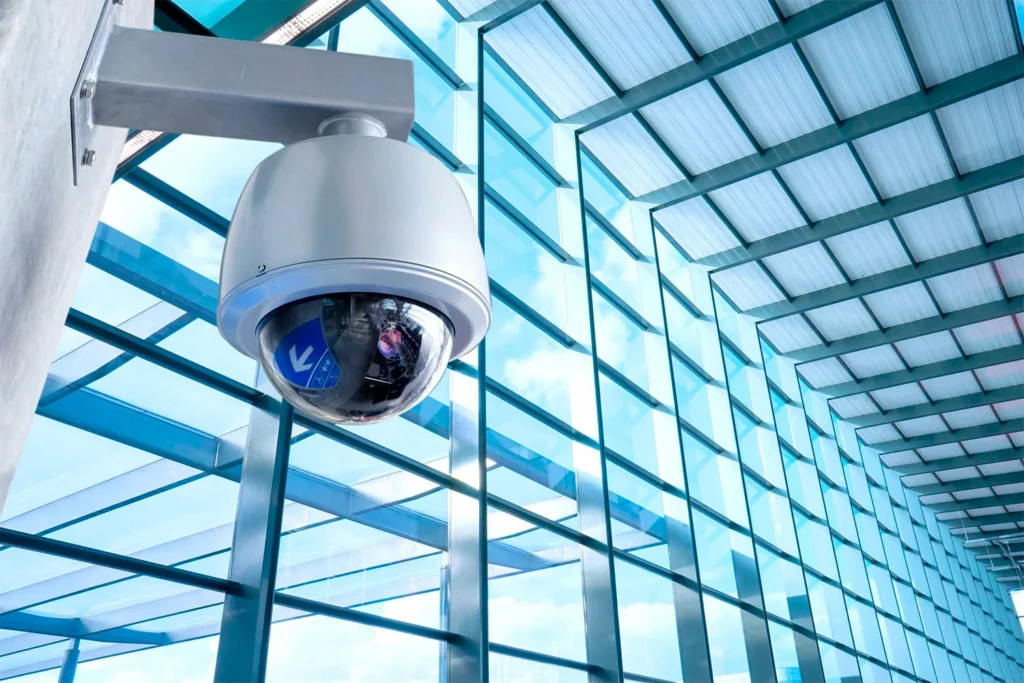Evaluating the Total Cost of Ownership TCO for dedicated servers is a critical aspect of decision-making for businesses seeking reliable hosting solutions. TCO encompasses more than just the upfront costs; it involves considering all expenses associated with owning and operating dedicated servers over their entire lifecycle. By thoroughly assessing TCO, businesses can make informed choices that align with their budgetary constraints and performance requirements. The first component of TCO analysis is the initial investment. This includes the cost of purchasing dedicated server hardware, which can vary based on factors such as processing power, memory, storage capacity, and brand reputation. Additionally, setup fees and any necessary software licenses must be factored into the initial expenditure. While opting for cheaper hardware may seem cost-effective in the short term, it is essential to consider the long-term implications, such as reliability and scalability. Beyond the initial investment, ongoing operational expenses constitute a significant portion of the TCO. These expenses encompass various elements, including maintenance, upgrades, and support services. Regular maintenance ensures optimal performance and minimizes the risk of hardware failures, but it requires both time and financial resources.
Similarly, as business requirements evolve, upgrades may be necessary to accommodate increased workloads or leverage new technologies. These upgrades incur additional costs but are essential for keeping the infrastructure competitive and efficient. Support services play a crucial role in mitigating potential downtime and resolving technical issues promptly. Depending on the level of support required, businesses may opt for basic support packages or invest in premium services with assistance. While basic support may seem cost-effective initially, the potential impact of extended downtime on business operations underscores the importance of robust support arrangements. Energy consumption represents another significant component of the TCO for dedicated server india. As data centers consume vast amounts of electricity to power and cool servers, energy costs can escalate rapidly, particularly for large-scale operations. Implementing energy-efficient hardware and optimizing server configurations can help mitigate these costs over time. Additionally, adopting renewable energy sources or investing in energy-efficient cooling systems can further reduce the environmental impact and long-term expenditure associated with energy consumption.
Data security and compliance requirements also factor into the TCO calculation. Implementing robust security measures, such as firewalls, encryption, and intrusion detection systems, helps safeguard sensitive data and mitigate the risk of cyberattacks. Furthermore, compliance with industry regulations and standards necessitates ongoing monitoring and auditing to ensure adherence, adding to the overall cost of ownership. Scalability is another critical consideration when evaluating the TCO for dedicated servers. Businesses must anticipate future growth and assess the scalability options offered by their hosting provider. Scalable solutions allow businesses to adjust resources dynamically to accommodate fluctuating demand, minimizing underutilization and over-provisioning costs. However, scalability features may come at an additional cost, so it is essential to strike a balance between flexibility and affordability. In conclusion, evaluating the Total Cost of Ownership for dedicated servers requires a comprehensive assessment of all associated expenses, including initial investment, operational costs, energy consumption, security measures, and scalability options.





